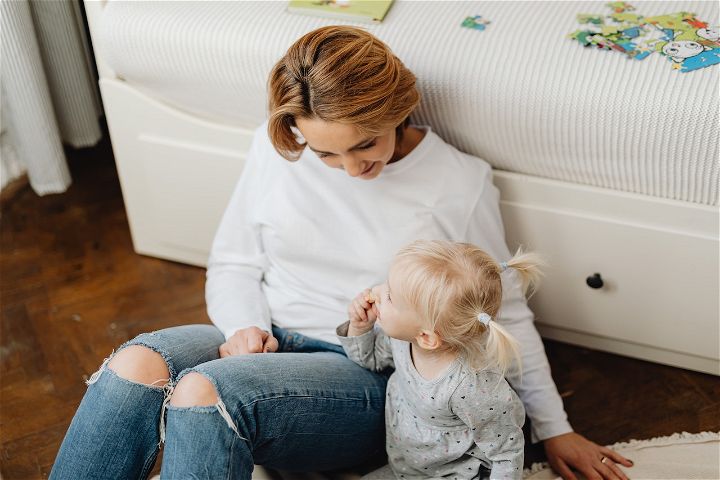When it comes to designing your child’s bedroom, there are a few things you need to take into account. You want to make sure the space is comfortable and functional, while also being stylish and age-appropriate. In this blog post, we will give you some tips on how to design the perfect bedroom for your child!

1. Consider your child’s interests and hobbies
Start by thinking about your child’s interests and hobbies. Do they love reading? Make sure to include a cozy reading nook or bookshelf for their favorite stories. Are they into sports or playing musical instruments? Incorporate storage solutions for all of their equipment and supplies. You should also consider their favorite colors and incorporate them into the design. For instance, if they love pink, try adding it as an accent color on pillows or wall art. This will make them feel like the room is truly their own and reflects their personality. Plus, it will make for a more functional space as well.
2. Think of your child’s privacy needs
As your child grows older, they may want more privacy in their bedroom. Consider incorporating curtains or a room divider to give them the option of closing off their bed area from the rest of the room. This can also be helpful when they have sleepovers or need to study without distractions. Also, you might want to consider blinds or shutters. As stated by the folks behind shuttercraft.co.uk/shutters they boost your room’s privacy and can also improve its energy efficiency. So make sure to take these things into account when designing your child’s bedroom.
3. Make sure they have enough storage space
As children tend to accumulate a lot of toys and belongings, it’s important to make sure they have enough storage space in their bedrooms. Invest in some bins or baskets for easy organization, as well as a dresser or bookshelf for all of their items. This will not only keep the room tidy but also help your child learn how to properly organize and declutter their space. For example, a desk with built-in shelves or drawers can serve as both a workspace and storage solution. You can also think of creative ways to incorporate storage, such as using a ladder with baskets attached as a bookshelf or hanging floating shelves on the wall for knickknacks.
4. Don’t forget about the little details
In addition to the bigger elements of design, pay attention to the smaller details as well. Make sure there is a comfortable place for your child to study and do homework, whether it’s a desk or a cozy nook with pillows and blankets. Include some fun accent pieces such as colorful rugs or wall art that reflect their interests. And don’t forget about lighting- make sure there are multiple sources of light in the room so they can adjust accordingly for various activities, from studying to playing with friends. These small touches will truly make the bedroom feel like your child’s own special space.
5. Involve your child in the process
Designing your child’s bedroom should be a collaborative effort. Make sure to involve them in the process and get their input on things like color choices, furniture options, and decor pieces. This will not only make them excited about their new room but also teach them important skills such as decision-making and creative thinking. Plus, it will ensure that the end result truly reflects their individual personality and interests. For example, you can give them a budget and have them choose some of their own decor items or allow them to help with the layout and organization of the room.
6. Make sure you design a desk area with good posture in mind
While it’s important to make the bedroom fun and enjoyable space for your child, don’t forget about practicality. Make sure you design a desk area with good postures in mind, such as an adjustable chair and proper positioning of the computer screen. This will set them up for success as they do homework and use technology in their daily life. You can also incorporate ergonomic accessories like wrist rests or footrests to further support their well-being while using the desk. Overall, designing with both function and comfort in mind will benefit your child now and in the future.
Bonus Tip:
Don’t forget about safety. Make sure there are no loose wires or sharp corners and consider installing childproof locks on any cabinets containing potentially dangerous items. Keeping your child safe should always come first in their bedroom design.

Designing a bedroom for your child can be both fun and challenging. There are many things to consider, from the layout of the room to the smaller details. But by following these tips, you can create a space that is perfect for your little one. Involve your child in the process, get their input on colors and decor, and make sure to design with both function and comfort in mind. And most importantly, remember to always keep safety as a top priority.




